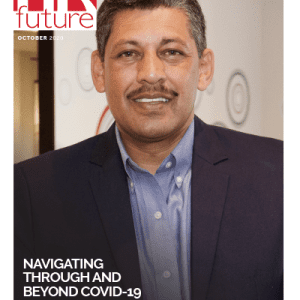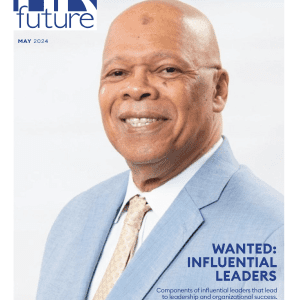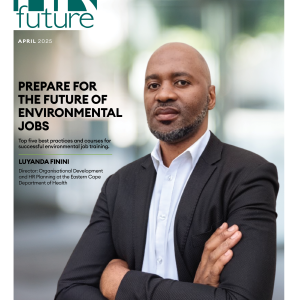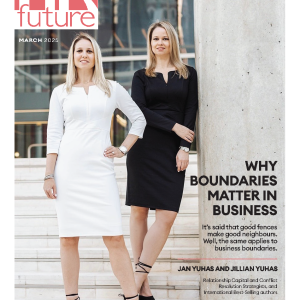Edgar Schein famously explained that culture is “how we get things done around”here”—that it develops over time based on perceptions of success. This can present as highly optimized organizations prioritizing certain values and behaviors to solve specific problems.
However, when an organization’s challenges are changing faster than its culture, there can be some friction between “how we used to get things done” and “how we need to get things done now.”
What is Organizational Culture?
To transform a culture from stagnant to revitalized, we need to understand what organizational culture really is. Schein’s description captures how culture colors everything in an organization, but understanding three particular concepts will help us see culture more clearly.
- Artifacts are physical and observable constructs in the environment.
- Values are the reasons and/or rationalizations that drive individuals’ behaviors.
- Assumptions are the unconscious patterns that influence how individuals perceive, think, and feel.
The artifacts, values, and assumptions within an organization are not random; instead, they are a learned response to past experiences. They become cultural norms that align with the shared perceptions of what has and has not previously worked.
How Do You Manage Organizational Culture?
While Schein asserts that if leaders don’t manage culture, it will manage them, we need to first recognize what we’re trying to achieve, what influence we have over it, and how challenging it will be to change. For example, artifacts are the easiest things to change, but they are less impactful than values.
An effective approach to cultural change is the Competing Values Framework by Kim Cameron and colleagues. The framework, structured as four quadrants, identifies common cultural patterns or trends around four archetypes: collaborate, create, compete, and control.
The top two point to how people feel and interact with others and their work; the bottom two align with how people focus and organize their work. The left side of the framework focuses on the current issues of the organization, while the right side looks to the future.
Most organizations will encounter situations that benefit from finding strength in each category, while weakness in one or more categories can dramatically impair an organization’s ability to effectively respond to challenges.
A perfect example of this cultural shift? In the Industrial Age leaders like Henry Ford needed consistent, high-volume, low-cost automobiles produced. This business reality favored control and competitive values at the expense of collaboration and create. However, in today’s Information Age, organizations also need to quickly adapt and innovate.
Automobile manufacturers are creating products with more complex features like self-driving, software reconfigurability, and alternative power. Companies like Tesla are quickly disrupting the legacy automobile industry by leaning toward collaborate and create value systems.
Emergence of Agile
Agile, as a way of working, was a response to similar changing market needs in the software development industry. Its founders, who signed the Agile Manifesto more than 20 years ago, recognized the need for more than just structural or process change.
They advocated for a shift in values – a reprioritization of certain beliefs over others. These shifts are illustrated through four value pairs and their corresponding prioritization recommendations.
As we look to manage or change an organization’s culture with agile values in mind, there will be a balance shift from control toward the other three values – collaborate, compete, and create.
- The shift toward collaborate represents the empowerment of those closer to the problem, giving them more input and authority in how it should be solved.
- The shift toward compete represents a belief that solutions to complex problems cannot be designed upfront and separated from the work to execute those solutions. The right solution and how to execute it will continue to evolve and influence each other.
- The shift toward create represents the belief that the variability of rapid change cannot be mitigated. Plans should be made with the assumption that future variability will render it obsolete and need to be replaced with a new plan.
Even software companies are not immune to culture stagnation. Microsoft, once one of the most successful organizations in the world, lost its way under co-founder and then-CEO Paul Allen. Cooperation between and among both external partners and internal teams had been replaced with intense competition.
The organization once known for innovation became more focused on controlling and protecting its existing market. As a result, they were late to adapt to quickly emerging mobile and cloud technologies, getting lapped by Apple, Google, and Amazon.
When Satya Nadella was named Microsoft’s CEO in 2014, he recognized the company’s culture was keeping it from being able to solve these new challenges. In his book, Hit Refresh, Nadella recounts inheriting an organization that had largely succeeded in its mission to “put a computer on every desk,” but had ultimately lost its way.
To right the ship, Nadella envisioned Microsoft returning to its roots of being a learning organization – to shift from acting like know-it-alls to being learn-it-alls. He said, “Culture is how an organization thinks and acts, but individuals shape it. … The key to the culture change was individual empowerment.”
Agility to Revitalize Culture
Leaders can learn how to support these necessary culture shifts that result in more creative, adaptive, and resilient organizations. For example, Agile Leadership Journey’s culture transformation programs provide tools and assessments to help leaders see the values that currently drive their organization – and envision what shifts might strengthen the organization’s ability to address new challenges.
Ross Hughes is a licensed Agile Leadership Journey Guide and Scrum Alliance Certified Enterprise Coach. With more than 25 years of industry experience, including nearly a decade guiding organizational agile transformations, Ross has provided leadership and culture coaching and consulting for companies such as GE Healthcare, Dealer.com, and Cox Automotive.













